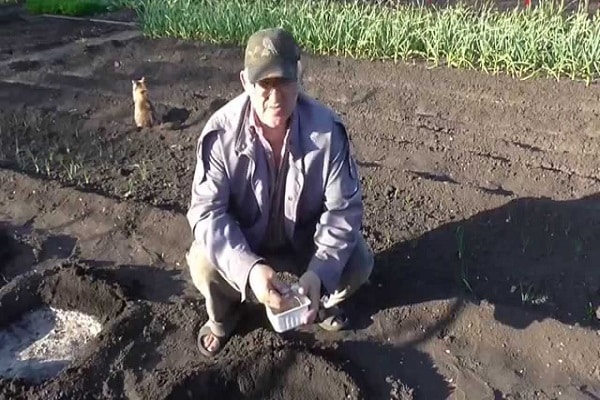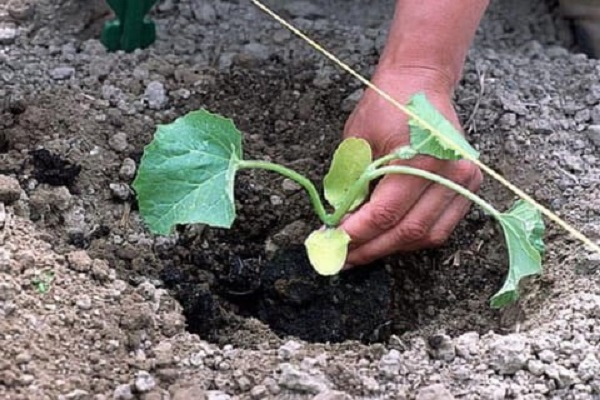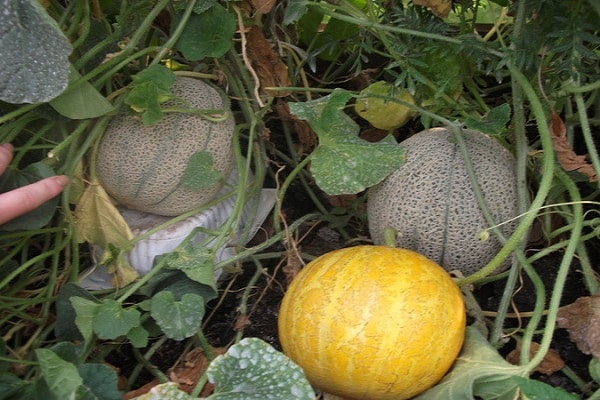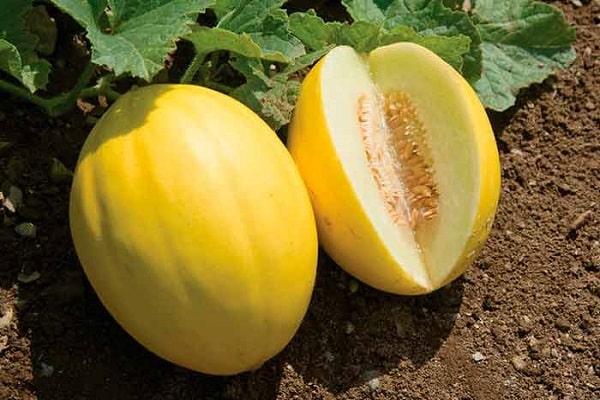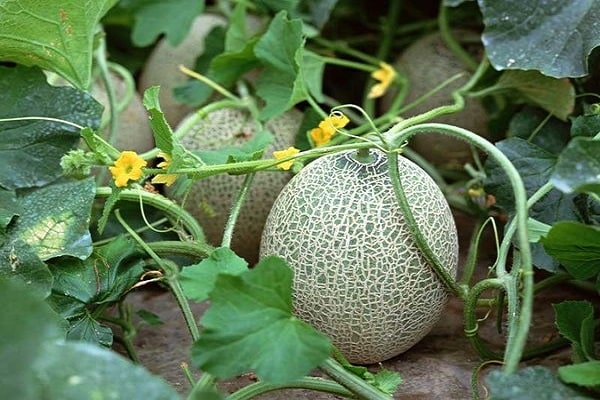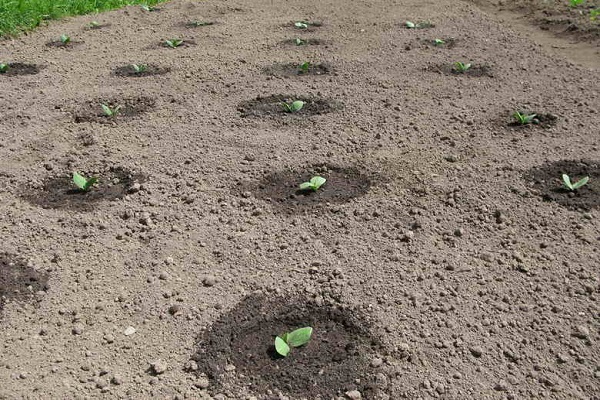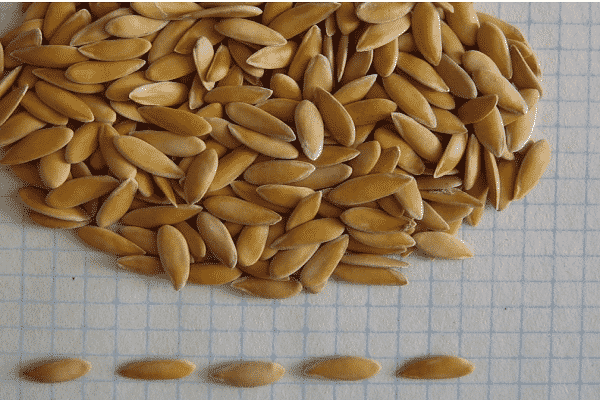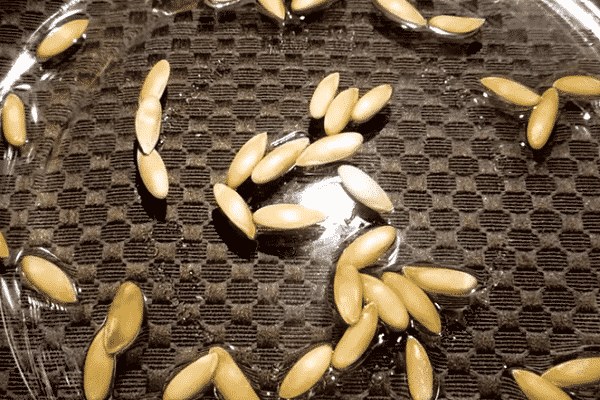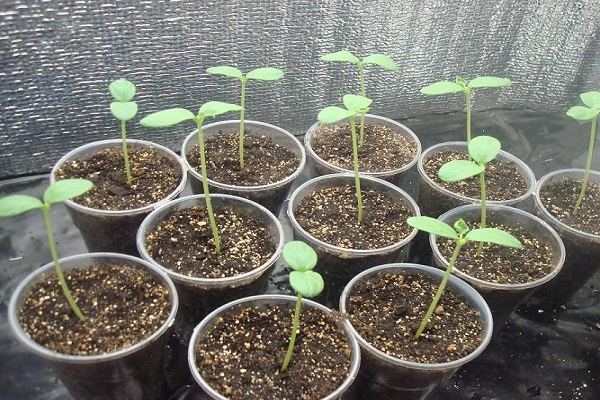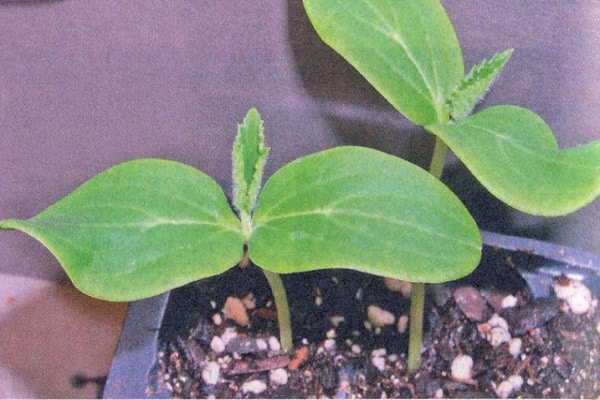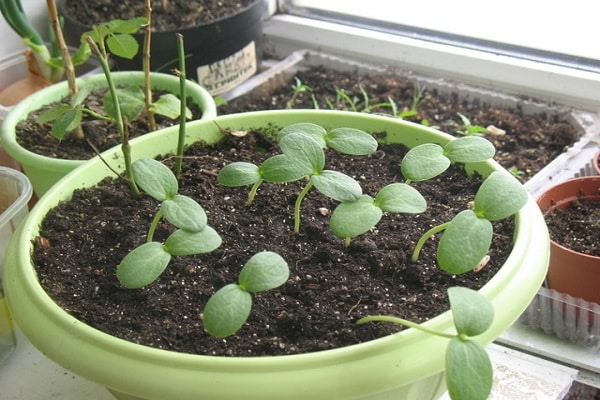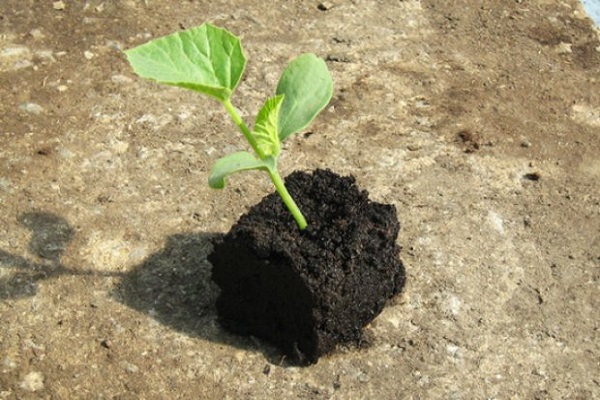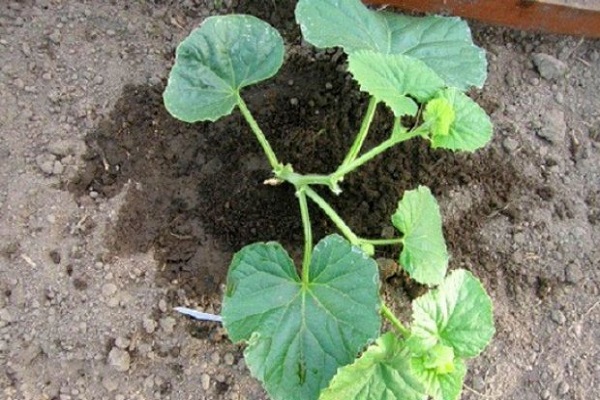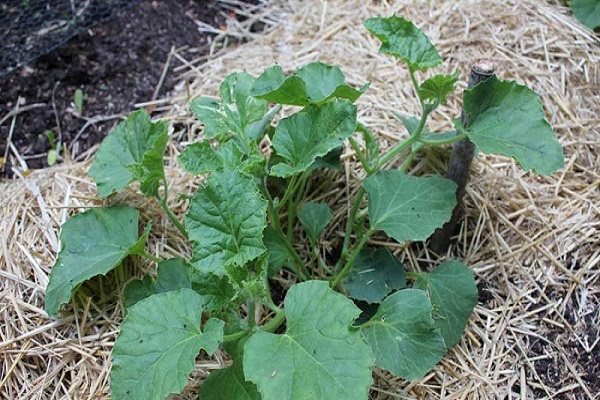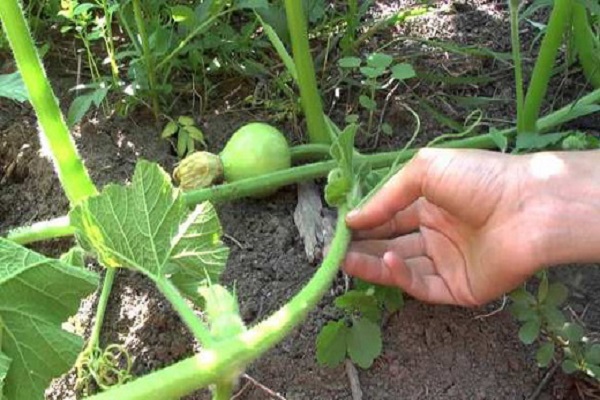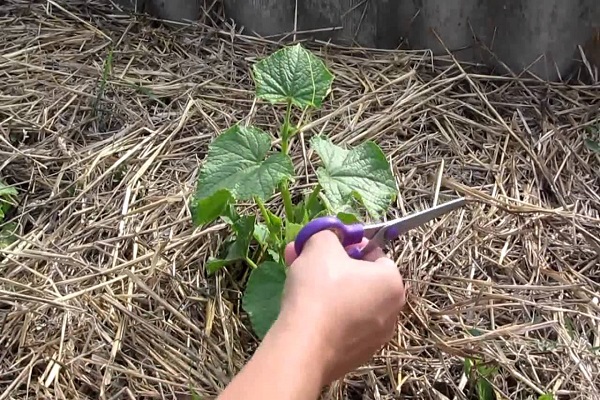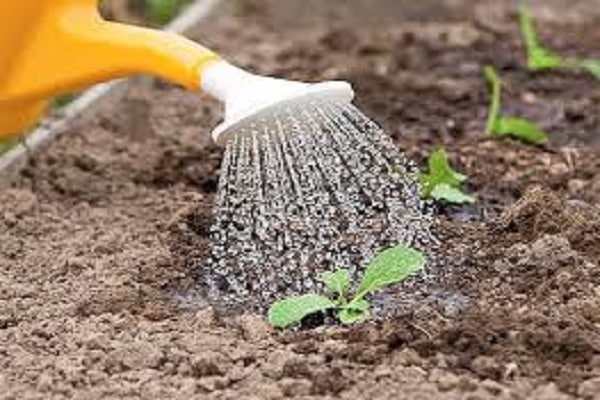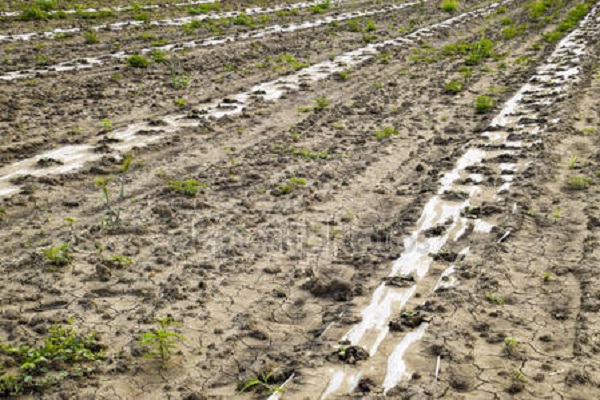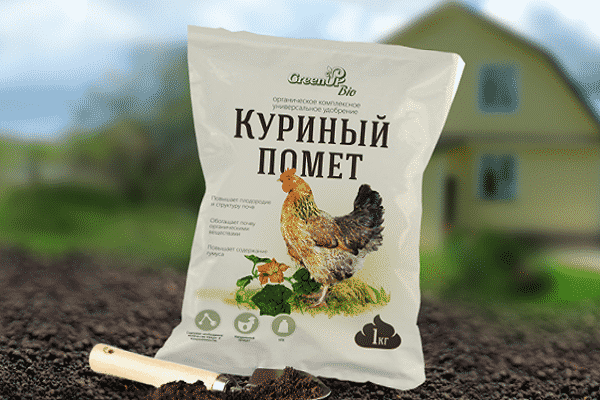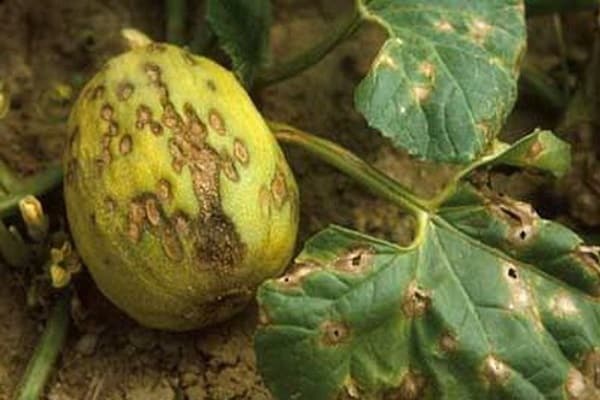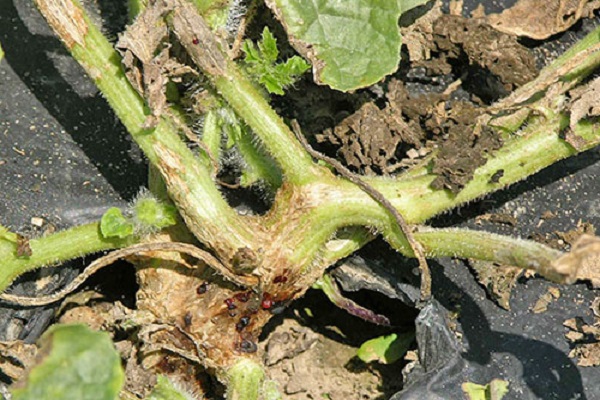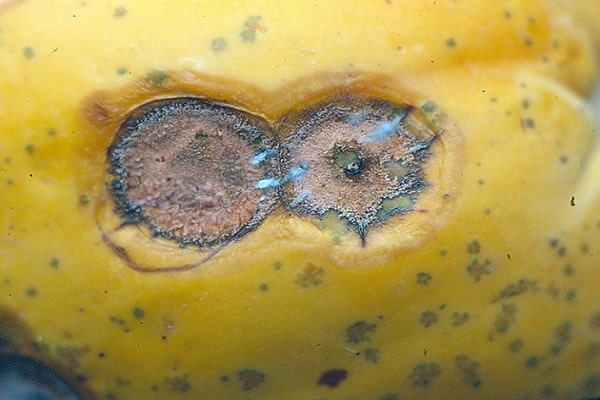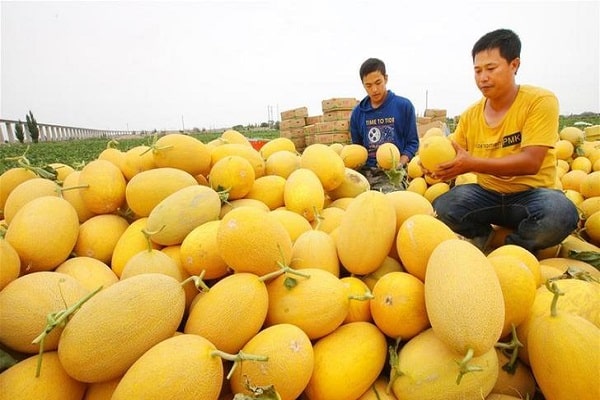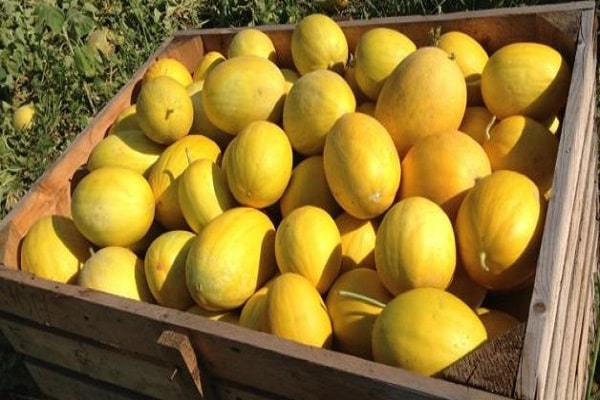To make melon growing easy and fruitful, you need to know some secrets. If you choose the right variety, honey fruits can be successfully grown not only in a greenhouse, but also in open areas.
When to plant?
Melon is a heat-loving and light-loving crop, so it should be planted in open ground only when the weather is warm. During the day, the air temperature should not be lower than +15, and at night not lower than +7 degrees.
When deciding when to plant melons, you need to adapt to the climate. Sometimes favorable weather can be established as early as April, and sometimes only by mid-May. If after planting the air temperature drops sharply, then it is better to cover the beds with film, additionally insulating them with paper, leaves, and branches.
The age of planted melon seedlings should be about 25 days. The most favorable days for planting seeds for seedlings for the middle zone are considered to be the first days of May. In this case, the transplant will take place in early June, when the weather has already settled down. If you plan to plant young seedlings in a greenhouse, then you can sow the seeds at the end of April.
If you plan to plant melon directly with seeds on the plot, then you need to wait until the soil warms up well, but no later than mid-June. If you miss the deadline, the melon fruits will not be able to ripen on time.
In central Russia it will be possible to grow melon only of early ripening varieties. You should not choose varieties with large fruits; this result can only be achieved in the southern regions. When choosing a variety, it is important to pay attention to the ripening time of melon fruits. No more than 75 days should pass from the emergence of seedlings to harvesting. The main thing is that the resulting ovaries grow and develop quickly.
For growing melon in open ground, for example, varieties such as Pink Champagne, Podmoskovny Charleston, Indian Summer, Cinderella, and Kapitoshka are suitable.
Location
To grow melon, you need to choose a warm place on the site, where sunlight will fall without obstacles all day long. But at the same time, the site must be sheltered from through winds. It is better if the garden bed is protected by trees and shrubs on the north side, and there is open space on the south side.
To prevent the spread of rot and fungal infection, the place where the melon grows must be dry. It is better to plant on a hill where water cannot accumulate after rains and watering. The soil should be light, with a neutral reaction and without a tendency to sour.
The best place to plant melons will be where onions, cabbage, turnips, beets, and beans used to grow. You can plant corn next door. It is not recommended to plant cucumbers and pumpkins nearby.
Treatment of the landing area
You need to prepare in advance for growing melon in open ground. The selected plot of land begins to be prepared in the fall. The bed is weeded to remove weeds and any remaining vegetation is removed. After this, they dig deep and apply organic fertilizers (for example, rotted manure or humus). Melon feels good in loose soil. Therefore, if the soil is loamy, it is recommended to add river sand.
In spring, the soil for sowing melons in open ground is also dug deeply (20–22 cm). At the same time, it is recommended to add potassium, phosphorus and nitrogen.
Preparing seeds for sowing
To ensure that caring for melons in the open ground at the dacha does not bring difficulties, you need to prepare the seeds for planting.
Among the seeds, choose only large, dense ones, preferably from a harvest two years ago. You can use a saline solution into which the seeds are poured. Bad and empty grains should float to the surface of the water. The remaining seeds that have sunk to the bottom are washed with water.
Seeds prepared for planting must be disinfected in a weak solution of potassium permanganate. To increase germination, seeds are placed in a solution that stimulates growth and development. A composition based on boric acid and zinc sulfate is suitable.
To prevent changes in air temperature from causing the death of the melon crop, the seeds need to be hardened. To do this, planting material is immersed in hot water for a while (temperature about 35 degrees), then left to lie at room temperature for a day. The last step is to move the seeds to the refrigerator for 15–17 hours (preferably on the door, where the air temperature is close to 0).
Growing seedlings
Melon is a heat-loving plant, but it does not like transplantation and the root system finds it difficult to take root in a new place. It should be taken into account that when planting seeds, the soil temperature should warm up to at least +12 degrees. Therefore, it is better to grow melon seedlings at home in advance.
The melon root system does not tolerate picking and transplanting well, so it is better to sow immediately in separate containers. Peat tablets or pots are a good option.
The soil for seedlings should be mixed from humus, peat, sand and ordinary garden soil. All components are taken in equal parts. Additionally, it is useful to add wood ash. The prepared soil is watered with warm water, complex fertilizer is applied and seeds are planted.
It is enough to plant two grains in each pot. First, make a depression equal to 2 cm. After 5 days at an air temperature of +25, the first shoots will appear. As they grow, some strong sprouts are selected and the other is cut off.
The optimal temperature until seedlings appear is +15 degrees at night and +20 during the day. It is necessary to water with warm water as the top layer of soil dries out; there is no need to allow waterlogging. A week after the emergence of seedlings, mineral fertilizer is applied, and another week later organic components are applied. A urea solution is suitable, which contains a lot of nitrogen necessary for growth.
A week before the intended transplantation of seedlings to a permanent place, they are hardened off. To do this, you need to take the seedlings out onto the balcony or loggia. Transplantation begins 25 days after sowing the seeds. If seedlings are grown for further transplantation into the garden, then sowing begins in early May.
Transferring seedlings to open ground
When do they start planting young melon seedlings in open ground? In a month, when the first shoots appear, about 5 leaves should unfold. It is at this time that the transplantation begins.
When planting seedlings in the ground, you must follow some rules:
- Dig a trench 30 cm deep and 47 cm wide. Compost and manure should be distributed at the bottom, which will protect the roots from sudden cold snap. A small layer of earth is poured on top.
- Afterwards, dig holes 50 cm deep and water with warm water.
- Only after this do they begin to plant young sprouts, which are removed from the container along with the earthen lump. The seedling ball should protrude slightly above the surface of the ground; it does not need to be buried too much.
- Then they begin to fill the holes with dry soil so that a dry crust does not form.
- At night, it is advisable to cover the beds with film or other protective structure.
To avoid damaging the roots, it is better to plant seedlings in peat pots. They are subsequently deepened into the soil along with the seedling in the garden plot. As the plant grows, the pot disintegrates, simultaneously enriching the soil with elements.
Hilling up, loosening
Melons need to be cared for properly. In order for oxygen and nutrients to penetrate faster to the root system, loosening must be carried out in a timely manner. It has been noticed that the melon grows well after this procedure. Loosening is carried out simultaneously with weeding.
Loosening is carried out carefully, without damaging the roots, leaves and stems of the melon. The first loosening is carried out three weeks after planting in the ground, deepening the garden tools by 8–10 cm. Subsequently, the procedure is not carried out too deeply (loosening depth is no more than 7 cm).
After the first side shoots appear, hilling is carried out, picking up a lump of earth to each stem of the plant. If the leaves of the plant begin to close together, then all procedures are stopped.
Pinching
To grow melon in open ground and get a good harvest, it is important to form a stem. How to properly form a melon lash? Varietal types of melon and hybrids should be formed in different ways.
In a varietal melon, pinch the central stem above the 5th or 6th leaf. As a result, the growth of lateral shoots is activated, and female flowers develop on them.
In hybrids, female flowers are formed on the central stem, so you need to pinch the side shoots already above the 2nd or 3rd leaf. If this is not done, then many side branches will form, and all forces will be devoted to their development, and not to the growth of fruits.
After the ovaries appear, it is recommended to remove all flowers. No more than 4 ovaries should be left on one plant, with a small distance from each other. The pinching procedure should be carried out once every two weeks.
To avoid stress on the plants, the summer resident has to make a support on which the fruits are placed. If the melons lie on the ground, then you need to put, for example, plywood under them.
Watering mode
It is imperative to organize the correct watering regime. If there is a lack of moisture, the plant will develop poorly, bloom and form ovaries. If there is a lot of moisture, the risk of rot increases, and the taste of the fruit pulp decreases.
You need to water the beds as needed; it is important to monitor the level of soil moisture. The melon root system is powerful and goes to a depth of up to one meter, so there is no need to water the plant too often. The procedure is carried out in the evening, when the earth has warmed up sufficiently from the heat of the sun.
How should you water the ground around a melon in open ground? Before the ovaries form, watering should be moderate, once a week is enough. You need to water with warm, settled water. When watering, you need to make sure that droplets of moisture do not fall on the green part of the plant. Melon does not like sprinkling, so it is better to water it in holes or in organized grooves.
Top dressing
Melon needs organic elements more than mineral fertilizers. If the soil is fertile and organic matter was added in the fall, then it is quite possible to do without mineral fertilizing. The fruits will not be large, but the pulp will be sweet.
It is recommended to carry out the first feeding two weeks after planting in open ground. You can water the melons with an infusion of mullein or bird droppings. Similar fertilizing can be done every 10 days.
If the soil is poor, then a week after planting you can water the beds with a solution of ammonium nitrate. 30 g of the component are dissolved in a bucket of water. After another week, the treatment is repeated again. Melons love foliar feeding. The solution is well absorbed by the plant through the leaves.
At a certain period of their development, melons and melons must be fed with different components.
Most often, fertilizer is applied during the formation of green mass and ovaries. During fruit ripening, fertilizing is not carried out, as this can only cause harm. It is important to choose a solution with which to feed the melon during flowering.At this time, it is recommended to add phosphorus-potassium compounds to the soil. To prepare the solution, you will need to dissolve 30 g of superphosphate and 60 g of potassium sulfate in 10 liters of water. A solution based on wood ash is also suitable (150 g of ash is dissolved in a bucket of water).
Fertilizing must be done after watering or rain. This will allow all nutritional components to be better distributed and not damage the root system. Drops of the solution should not fall on the stem and lower leaves. After fertilizing, it is useful to loosen.
Protection from diseases and pests
If agrotechnical practices and care rules are violated, melons often begin to suffer from fungal diseases and are susceptible to pest invasion.
How to grow melons in open ground to prevent infection or quickly get rid of it?
- Septoria blight can be recognized by round white spots on the leaves with a dark center.
- Cucumber mosaic appears as green-yellow spots on the leaves. Leaves curl, become deformed, dry out and wither.
- Powdery mildew is characterized by the appearance of white spots on the stem and leaves of the plant. The leaves change color, curl, dry out and fall off.
- Fusarium wilt leads to slower plant growth. Leaves become pale with gray spots.
- Downy mildew affects the leaves of the plant at an early stage of melon development. Yellow-green spots appear on them. A gray-violet coating forms on the back of the leaves.
- Fungal infection of the root collar of melon Ascochyta is manifested by pale spots on the roots, which gradually increase and spread to the entire green part of the plant.
- Anthracnose can be recognized by brown or pink spots on the leaves.Gradually they increase in size, holes form, and the leaves begin to curl. The lashes become thinner and tear easily. The fruits rot before ripening.
The development of diseases can be prevented in advance. You should not plant melons in the same place every year; you must dig the soil deeply and remove plant debris from the area. It is recommended to loosen the soil and avoid excess moisture in the garden bed. Melons' best friend is the sun's warmth. It prevents infection from developing and disinfects the surface of the plant.
If a problem occurs, you can use drugs such as Topaz, Oxychom, Bordeaux solution. Folk remedies are also suitable. You can make a solution from zinc sulfate, urea and copper sulfate.
Frequent pests of melon beds are: spider mites, wireworms, cutworms, melon aphids, melon fly. As a preventative measure, the beds can be treated with such preparations as Rapier, Zenit, Fitoverm, Arrivo.
Harvesting
In regions with an unstable warm climate, no more than 4 fruits can ripen on one stem. How many ovaries should be left by the time the fruits ripen? If there are a lot of ovaries on the plant, then only those that have grown and reached a size of more than 6 cm are left, the rest are cut off.
The ripening time for the melon harvest depends on the selected variety and can be 45–75 days. Melon must be harvested on time. If you collect unripe fruits, then after three weeks they can rot. In the middle zone, the ripeness season begins at the end of July, beginning of August. Only fully ripe fruits should be collected.
Ripe melons are distinguished by the color declared for the variety at the stage of full ripening, formed on the skin of a full mesh, easy separation from the vine and a characteristic sweet aroma. Some melon varieties do not form a net. Therefore, ripeness is judged by its rich honey-yellow color and sweet aroma. These melons should be eaten within a month.
For storing melons, only those whose skin is half covered with mesh are selected. The air temperature in the storage should be about 0 degrees. In a cool place, slightly unripe melons can be stored for up to 6 months.

